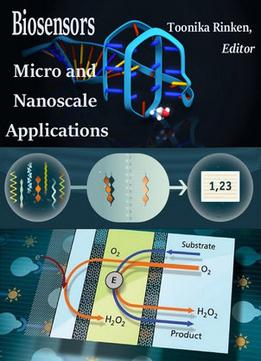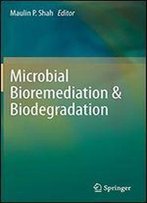
Biosensors: Micro And Nanoscale Applications Ed. By Toonika Rinken
by Toonika Rinken /
2015 / English / PDF
26.6 MB Download
This book characterizes the present state of the art and prospective options for micro and nanoscale activities in biosensors construction and applications Nowadays, the implementation of novel technological platforms in biosensor-based developments is primarily directed to the miniaturization of analytical systems and lowering the limits of detection. Rapid scientific and technological progress enables the application of biosensors for the online detection of minute concentrations of different chemical compounds in a wide selection of matrixes and monitoring extremely low levels of biomarkers even in living organisms and individual cells. Preface 1 New Materials for the Construction of Electrochemical Biosensors 2 Graphene — A Platform for Sensor and Biosensor Applications 3 Molecularly Imprinted Sensors — New Sensing Technologies 4 Silicon-based Integrated Microarray Biochips for Biosensing and Biodetection Applications 5 Supramolecular Materials for Optical and Electrochemical Biosensors 6 Immunosensors 7 Cell Concentration Systems for Enhanced Biosensor Sensitivity 8 Mechanical Sensing of Living Systems — From Statics to Dynamics 9 Impedimetric Sensors for Bacteria Detection 10 Bioimpedance Technique for Point-of-Care Devices Relying on Disposable Label-Free Sensors – An Anemia Detection Case 11 Electrochemical and Optical Biosensors in Medical Applications 12 Nanomaterials for Advancing the Health Immunosensor 13 Real-Time Detection of Nitric Oxide Release in Live Cells Utilizing Fluorinated Xerogel-Derived Nitric Oxide Sensor 14 Evaluation of the Structure-Activity Relationship of Hemoproteins through Physicochemical Studies: Hemoglobins as a Prototype of Biosensor 15 Graphene-Polyaniline Biosensor for Carbamate Pesticide Determination in Fruit Samples 16 Biosensors for the detection of antibiotic residues in milk











